The earthquake shook various areas of the country including the capital. The people of Dhaka felt a strong tremor on Saturday around 9:36 am.
Occasionally, the country shakes with small and moderate earthquakes. Even though there is not much damage in these earthquakes, experts are afraid of massive damage in large scale earthquakes. Bangladesh is at risk due to its geographical location, even if there is no major earthquake in recent times.
The territory of Bangladesh is basically located at the junction of three tectonic plates. The three plates are Northeast Asian Plate, Indian Plate and Burma Plate. The ongoing movement between these plates is the main cause of earthquakes in Bangladesh.
Comilla is located in the central part of Bangladesh. This region is located at the junction of Indian Plate and Burma Plate. Earthquakes in Comilla can occur due to ongoing movement between these two plates.
There are two possible explanations for the origin of the Comilla earthquake. The first explanation is that the Indian plate is pushing northward on the Burma plate. This pressure can cause rifting in the Burma Plate and through these rifts earthquakes can be triggered.
The second explanation is that the ongoing movement between the Indian plate and the Burma plate is causing friction between the crustal layers between these two plates. As a result of this friction, energy is stored and the release of this energy can cause earthquakes.
The exact cause of the earthquake in Comilla is still not known. However, the above two explanations are considered reasonable.
Also, local geological factors may also play a role in the origin of earthquakes in Comilla. For example, Comilla has several earthquake-prone fault lines. Earthquakes can be triggered through these fault lines.
According to a report by The Daily Ittefaq, 11 earthquakes have been felt in the country this year.
At least 10 earthquakes have been felt in the country in the last 7 months. The first earthquake this year was felt on February 16. Along with Meghalaya, the north-eastern state of India, Sylhet was shaken that day. There was no damage in this earthquake of magnitude 3.9 in Bangladesh.
On February 25, two moderate earthquakes hit Myanmar. The earthquake was felt in Ayawati and Rakhine states of the country as well as Cox`s Bazar in Bangladesh. The epicenter of the earthquake was 378 km southwest of Dhaka`s Agargaon. Its magnitude was 4.1 on the Richter scale.
Meanwhile, Chittagong was shaken by an earthquake of 4.6 magnitude on 30 April. Another earthquake hit Dhaka and its surrounding areas on May 5. The magnitude of this earthquake was 4.3. The place of origin was about 14 km northwest of Doha in Bikrampur near Dhaka. Its depth was only 10 km.
On June 16, a mild earthquake of magnitude 4.5 occurred across the country including the capital. Its origin was Golapganj in Sylhet. An earthquake was felt at around 8:49 pm on August 14. The earthquake shook most of the country including the capital. The magnitude was 5.5 on the Richter scale, which is a moderate earthquake. Its origin was in the Kanighat area of Sylhet on the Bangladesh-India border. The depth was only 10 km.
Bangladesh experienced two earthquakes in the month of August. One of them held on 29 August. Its origin was Sylhet. Then there was another earthquake on August 14. Its center was in Kanighat area of Sylhet.
Then another earthquake was felt on September 9. The origin was Khachar region of Assam, India. Two days later, on September 11, an earthquake was felt in the Sylhet area, with its origin at the Indo-Myanmar border.
Besides, a light earthquake was felt in Dhaka and some districts of its north till September 18. The earthquake measured 4.2 on the Richter scale, which is considered a mild earthquake. The epicenter of this earthquake was at Tangail, 59 km northwest of Dhaka.
On the other hand, earthquakes were felt in different parts of the country including Dhaka on Saturday. The earthquake was felt at 9:35 am. No damage was immediately reported.


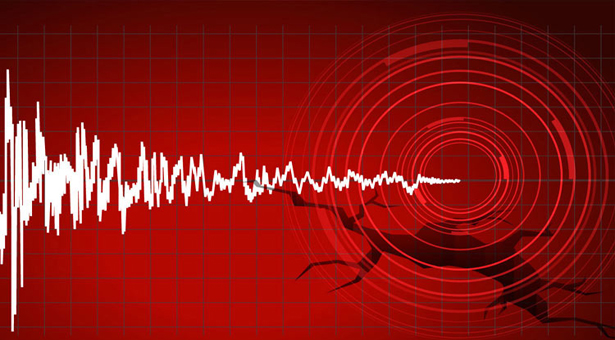

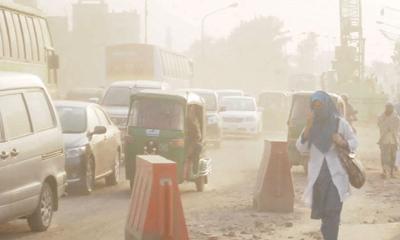

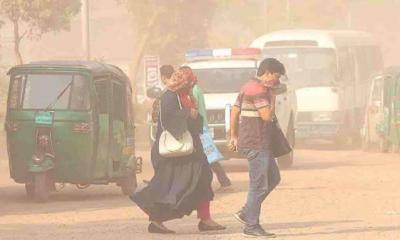



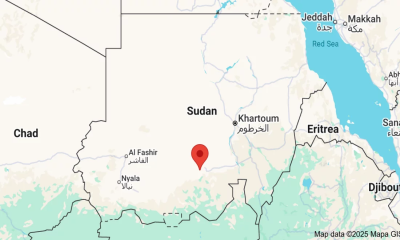
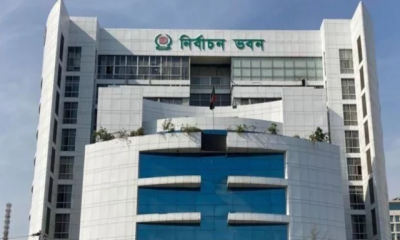


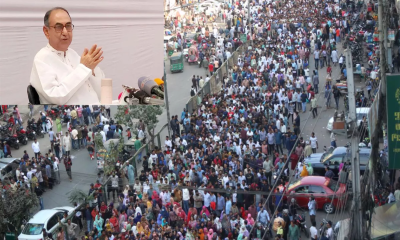

-20251213120612.webp)

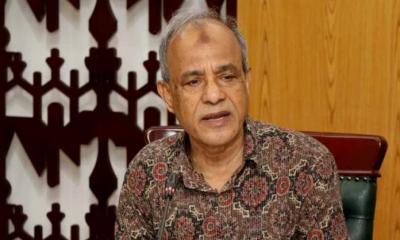



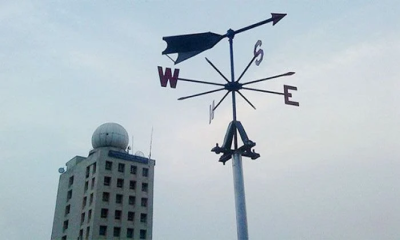
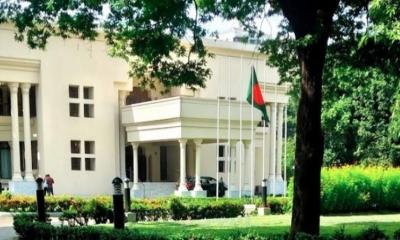



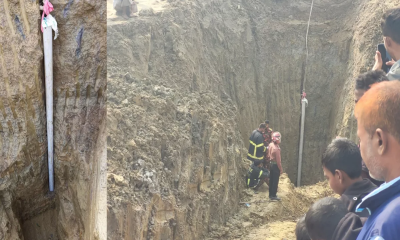


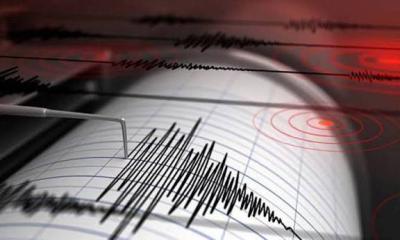
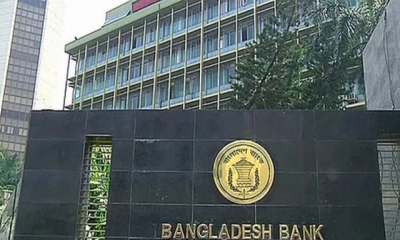

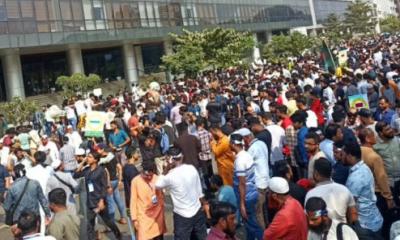
-20251207131533.jpg)



